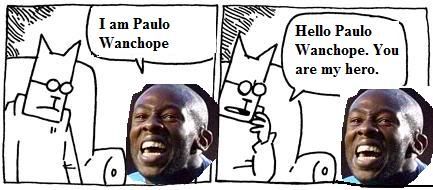The currencies of Zhem
The state of currencies in Zhem is complicated. There are tokens for taxes, called tax coins, verolantti, that can be traded so that one does not need to pay taxes for a certain amount. These tokens were created because of the difficulties food producers and other producers had when trying to pay their taxes on a set date. The farmer or carpenter would rather pay a bit at a time, and would, for example, transport food or furniture to local tax-houses, where they would receive tokens – large copper coins – to later reimburse when paying their taxes on tax-day.
The second currency is more traditional – silver coins, hopealantti. The coins, stamped by the Council's orders to prove their value, is used as a general currency amongst the people, and was not completely dependent on the backing of the state. The worth of the silver fluctuates when more silver is introduced in the archipelago, but has been rather steady for two hundred years. The Council has a stockpile of silver hidden on the island. Gold is not used as a currency.
In addition to silver coins and tax coins there is the state-backed commodity token, item coin, tavararaha. These large copper coins are stamped with an agreement from the state to reimburse the said coin against a certain amount of goods. State-kept warehouses used for trade around the country will trade these coins for raw-materials like iron, other metals, wood, and fine stone, food like wheat, flour or livestock, craft-work, like roof-tiles or nails. Each coin is stamped with certain items, and the state keeps a constant stock of these, as much of a certain coin is in circulation. Coins include One Sack of Flour and One Healthy Cow – a coin of average worth and one of the most valuable coins.
Counterfeiting tax-coins or commodity coins is a criminal offense, and punishable by heavy fines, confiscation of tools and even banishment.














